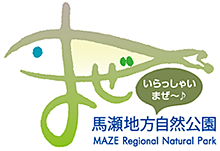About Maze
A beautiful village
The scenic village beyond the mountain of Gero Hot Spring
Maze village is near the center of Japan and located in the mountains of Southern Hida. It is 28 km long from North to South and comprised of ten different areas. The Maze River flows through the center of the village, which has made various natural landscapes. And the local lifestyle is closely connected with nature.

One of the most beautiful villages in Japan
Maze has the Maze River which has fishing fans nationwide that admire and the mountains for their water source. It is a member of “The Most Beautiful Villages in Japan.” Maze is recognized as a region with an excellent natural environment and historical culture.
The water from the Maze River has been selected as the best in Japan many times. In 2003, Maze village got a silver award at “A Nation in Bloom”, which is a worldwide selection of urban and rural areas that work on community development.
 |
Maze Regional Natural Park formed by locals
The whole area for the people in Maze is called “Maze Regional Natural Park”. Incorporating the spirit of the regional natural park system of France, it is a new autonomous effort that local people and the city government cooperated with, aiming at the sustainable development of rural areas while coexisting with nature. It is also their own standard of happiness. |
Maze Satoyama Museum
In 2014, the Nishimura district, a model settlement for a beautiful village, was designated as the “Maze Satoyama Museum”. The Satoyama Museum is the base of green tourism for community development and various tourist activities are held there.
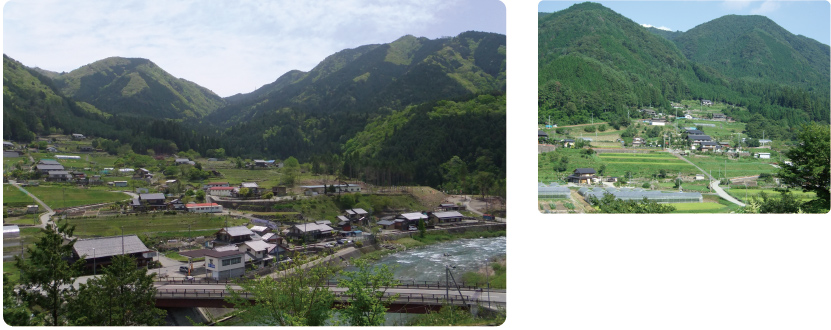
A Village for the Headwaters
The main stream of Tokai region
Downstream on the Maze River, is Iwaya Dam, the “Water Storage of Tokai.” It supplies daily living water, agriculture and industrial water to about 9 million people Tokai’s three prefectures. As the village of headstream, Maze is proud of keeping the water resources for the populations around Nagoya.
|
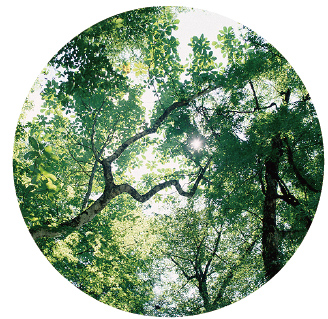 |
“Fish for delicious Ayu by looking at the forest”
26% of the forest in Maze provides for the habitat.
As experts of mountain stream fishing say, “Take a look at the forest to catch good Ayu (sweetfish in English)”, the fish living in Maze River has a deep relationship with the beautiful village. The forest produces not only spring water but also the fish's habitat and insects to feed on. Water and soil flow into the river to grow plankton and moss. 95% of Maze is covered in forests, and a quarter or more of forest is designated as a “Conservation forest” in order to be preserved.

Community development of rural village ecosystem, “Eco River System”
About 25 years ago, the yearly number of anglers was around 40,000 and visitors including anglers increased sharply to 300,000 because of the city government’s work on tourism development. Meanwhile, local people who were concerned about environmental deterioration started the new community development, basing the ecosystem of the Maze River.
The forest source creates rich water. Water from the mountain is utilized for raising crops like rice and vegetables.
The streams surrounding the village flow to the Maze River, which grows rich moss and becomes the home of mountain stream fish. The rural ecosystem, “Maze Eco River System” where forests, farmlands, rivers and people coexist nurtures the tasty ayu and beautiful scenery.
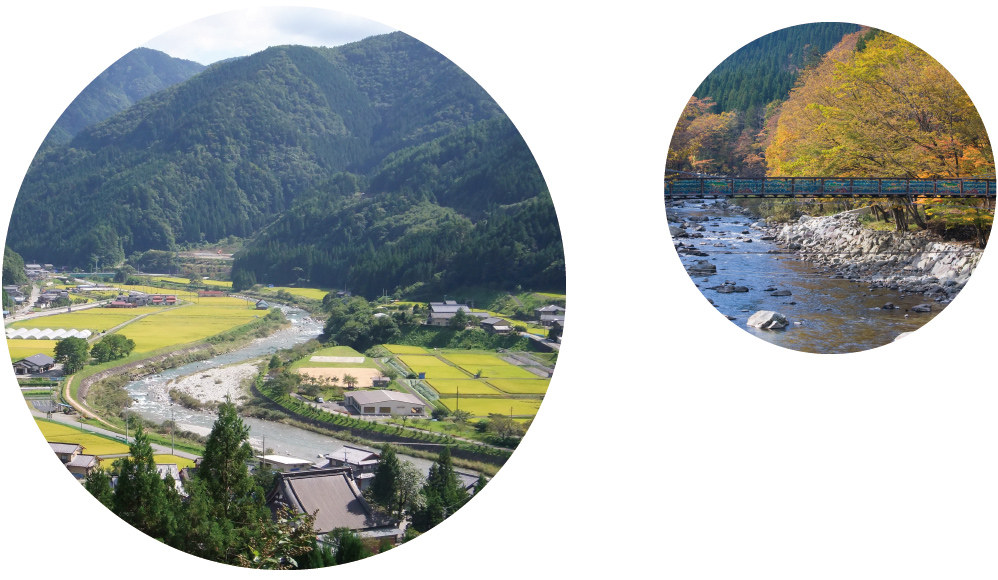
Local people’s life
Local stream fishermen, “Ayu-Tori-Tai”
All children living near the Maze River grow up with the river and they always look happy when they are talking about fishing for Ayu.
In the beginning of autumn, visitors can see the brave anglers walking in the river at night to catch matured Ayu with fire, torches and nets. This is called “Maze River Hiburi-Ryo”.
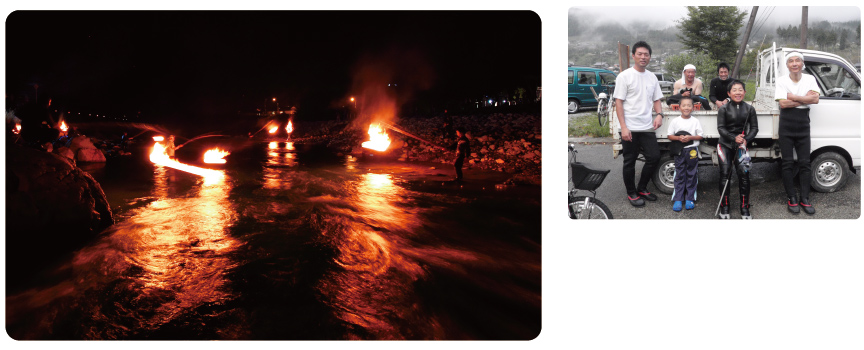
A group of women in farm family “Sanmaze Kobo”
Sanmaze Kobo consists of local women and they manage “Maze Miki-no-Sato”, which proclaims itself as the smallest roadside station in Japan. In order to spread the taste of Maze, they work on product development of local food like Hoba-Sushi. There are various handmade souvenirs at the shop as well.
|
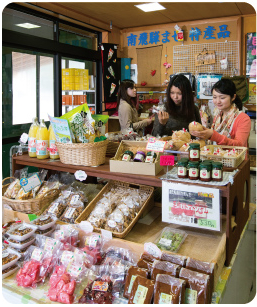 |
Why not visit the rural Japan village?
Maze village is not only for anglers but foreign tourists since it is an open-minded mountain village. Generations from all over the world can enjoy nature experiences such as “Ninja Forest” and “Canyoneering”. |
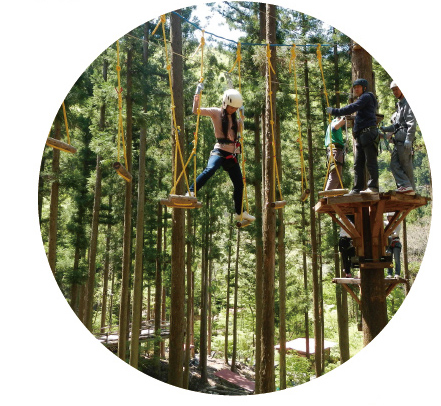 |
